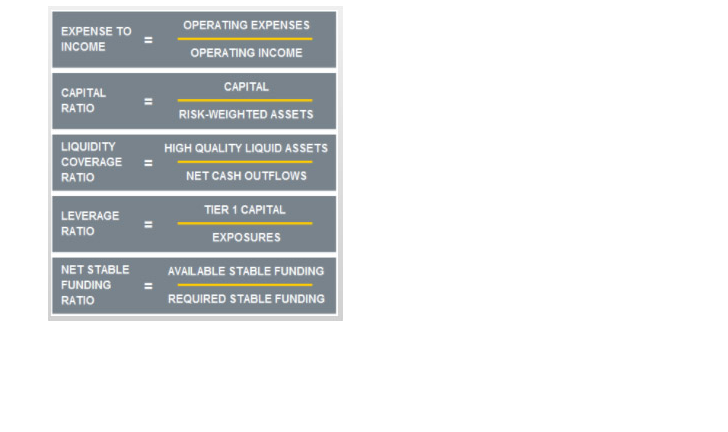Help & support
A number of ratios can be monitored to understand a bank’s financial position. Five relevant ratios are:
This information is available in a bank’s annual reports, any relevant prospectus and other financial disclosures.

The information in this module is not investment advice and has been prepared without taking into account your investment objectives, financial situation or particular needs (including financial and taxation issues). If you have any questions, you should seek advice from your financial adviser or other professional adviser.